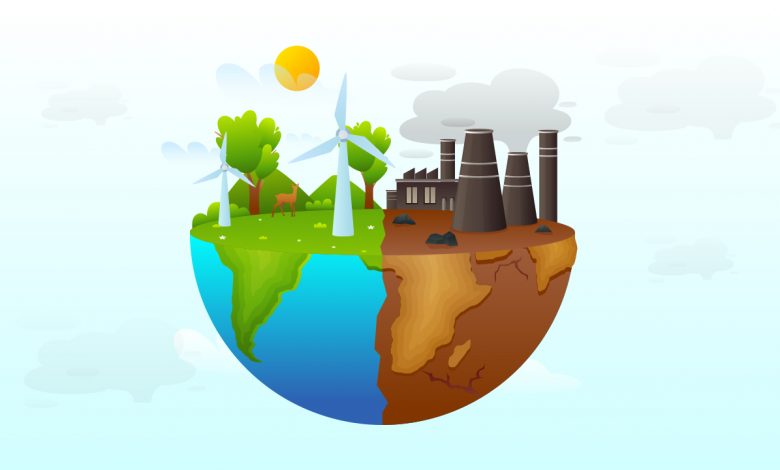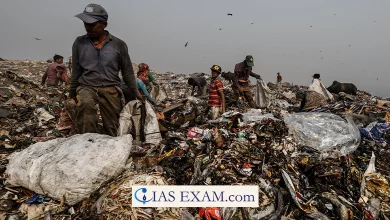Daily Current Affairs for UPSC
State Energy and Climate Index Released
[GS Paper 3 - Mobilization of Resources, Growth & Development]

Context – Gujarat has acquired a top position in the NITI Aayog’s State Energy and Climate Index-Round 1 among the larger states with a score of 50.1 points.
Gujarat is followed by Kerala and Punjab in second and third place under the same category.
Key Highlights of the Index
- Kerala topped in the access, affordability, and reliability category.
- Punjab was the best performer in discom performance.
- Haryana was the best performer in the clean energy initiative among large states.
- Tamil Nadu was the best performer in the Energy Efficiency Category.
- Jharkhand, Madhya Pradesh, and Chhattisgarh are the bottom three states.
- Goa emerged as the top performer in the Smaller States category followed by Tripura and Manipur.
- Chandigarh, Delhi, and Daman & Diu/ Dadra & Nagar Haveli are the top performers among UTs.
State Energy and Climate Index (SECI)
- It is the First index that aims to track the efforts made by States and UTs in the climate and energy sector.
- State Energy and Climate Index aims at ranking the states and the Union Territories on six parameters including energy efficiency, discom’s performance, and environmental sustainability.
- India is part of the UN Framework Convention on Climate Change (UNFCCC) where more than 190 nations have negotiated cuts to restrict the global temperature rise to 1.5 degrees Celsius compared to the pre-industrial era. India also has a National Mission on Climate Change.
- The states are ranked based on six parameters:
- Discom’s performance
- Access Affordability and Reliability of Energy
- Clean Energy Initiatives
- Energy Efficiency
- Environmental Sustainability
New Initiatives
- Based on performance and scores of SECI, the states/ UTs are categorized into 3 groups:
- Achievers
- Front runners
- Aspirants
- The index can be used by the states/UTs:
- to benchmark their performance against their peers
- Efficiently manage their energy resources
- Analyze the potential challenges for developing better policy mechanisms





.png)



